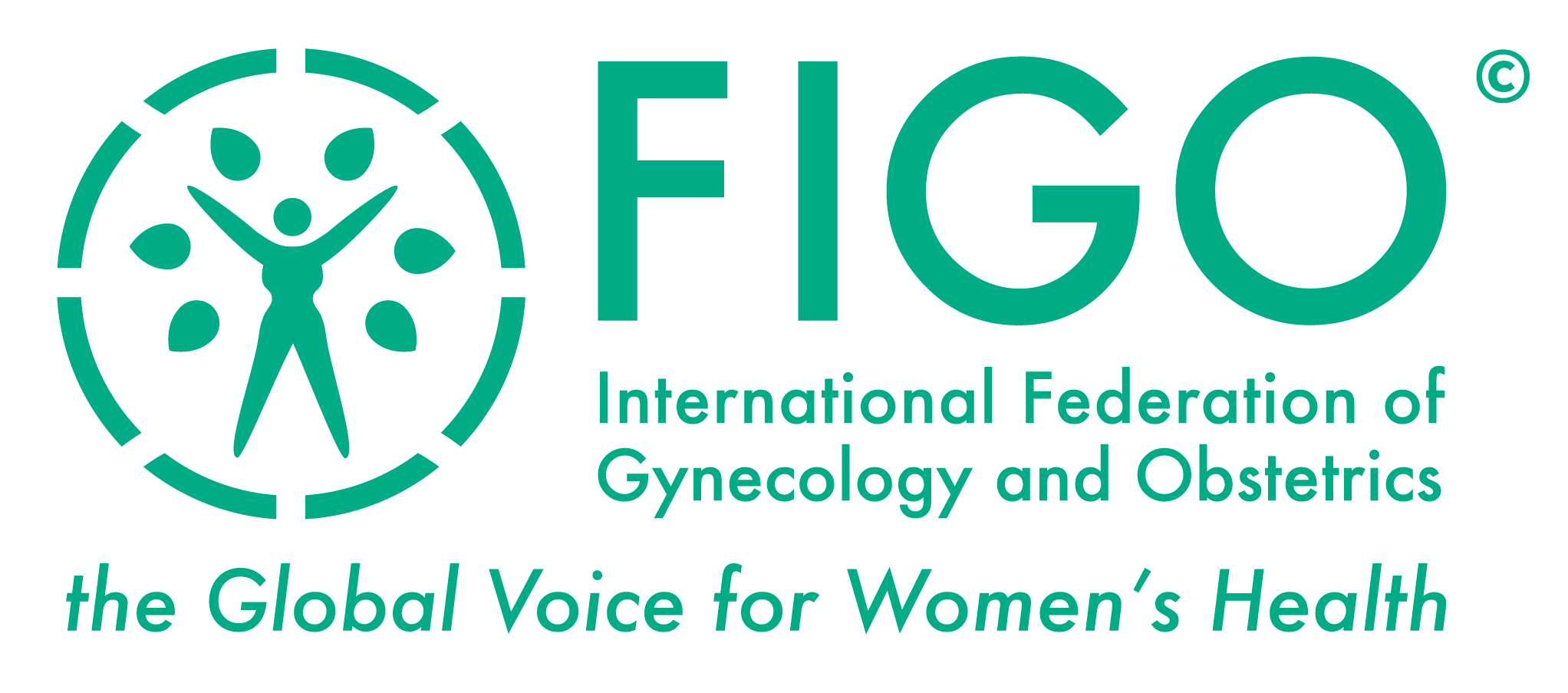ICMART and WHO. Zegers-Hochschild F, Adamson GD, de Mouzon J, Ishihara O, Mansour R, Nygren K, Sullivan E, Vanderpoel S. International Committee for Monitoring Assisted Reproductive Technology (ICMART) and the World Health Organization (WHO) revised glossary of ART terminology, 2009. Fertility and Sterility, 2009 Nov;92(5):1520-4.
OBJECTIVE:
Many definitions used in medically assisted reproduction (MAR) vary in different settings, making it difficult to standardize and compare procedures in different countries and regions. With the expansion of infertility interventions worldwide, including lower resource settings, the importance and value of a common nomenclature is critical. The objective is to develop an internationally accepted and continually updated set of definitions, which would be utilized to standardize and harmonize international data collection, and to assist in monitoring the availability, efficacy, and safety of assisted reproductive technology (ART) being practiced worldwide.
METHOD:
Seventy-two clinicians, basic scientists, epidemiologists and social scientists gathered together at the World Health Organizationheadquarters in Geneva, Switzerland, in December 2008. Several months before, three working groups were established as responsible forterminology in three specific areas: clinical conditions and procedures, laboratory procedures, and outcome measures. Each group reviewed the existing International Committee for Monitoring Assisted Reproductive Technology glossary, made recommendations for revisions and introduced new terms to be considered for glossary expansion.
RESULT(S):
A consensus was reached on 87 terms, expanding the original glossary by 34 terms, which included definitions for numerous clinical and laboratory procedures. Special emphasis was placed in describing outcome measures, such as cumulative delivery rates and other markers of safety and efficacy in ART.
CONCLUSION(S):
Standardized terminology should assist in analysis of worldwide trends in MAR interventions and in the comparison of ARToutcomes across countries and regions. This glossary will contribute to a more standardized communication among professionals responsible forART practice, as well as those responsible for national, regional, and international registries.
